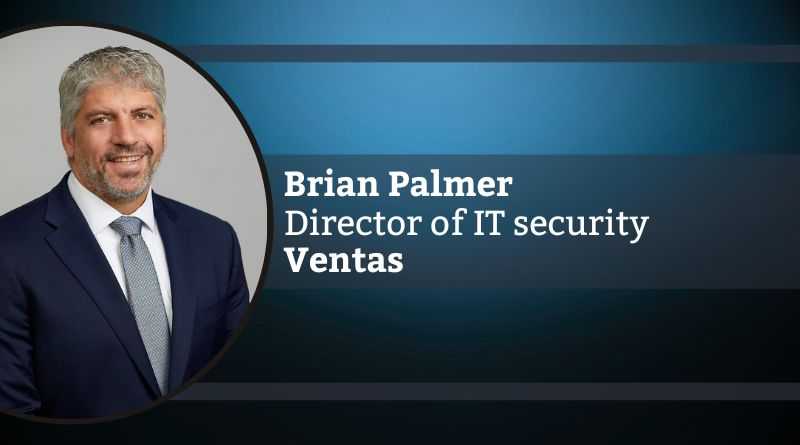A Mid-Size Enterprise’s Journey to the Cloud
By Brian Palmer, Director of IT security and Infrastructure, Ventas
Our company, a mid-size public healthcare Real Estate Investment Trust, runs a mixture of packaged and custom-applications. Historically, we hosted these applications in on-premises data centers that we managed ourselves. Although this approach served us well for many years, we determined that we needed a fresh approach to managing and maintaining our infrastructure to take advantage of the increased pace of innovation.
Maintaining on-premises data centers required frequent large capital expenditures to keep our systems up-to-date and forced our IT team to spend time on non-core skills such as power and cooling management. With the onset of the Covid-19 pandemic, we also found it increasingly difficult to promptly get new or replacement hardware due to supply chain issues.
With our cloud environment, we can re-evaluate how we architect for disaster recovery. We can more easily position applications and resources closer to where our end users are located, providing a faster user experience.
In 2021, we made the decision to move the majority of our applications to the public cloud. The next major objective was to determine which of the major public cloud vendors best fit our needs. We evaluated our options based on a few key criteria. We needed:
- Scalability – the ability to rapidly scale our environment up or down at any given time
- Security – for our data and systems to be protected at the highest level
- Cost — an understanding and transparency about how to manage our cloud costs
- Availability – access to world class availability from the provider.
- Expansive service offerings –a large offering of services that we can use to expand existing applications and/or develop new applications
After a thorough evaluation, we chose the cloud vendor that we felt was the best fit for us. Since we ourselves did not have extensive experience operating in the cloud, we partnered with a consulting firm with a proven track record of successfully migrating clients to the cloud. It was imperative to us that the migration be done with minimal disruption to our end users since we would be moving our most business-critical applications to the cloud.
We broke the migration process up into the following key phases:
- Training – Before we started the migration, we prioritized training our IT team on the new technologies that we would be using. This was a critical item and should not be overlooked when planning a transition to the cloud
- Build Out– During this phase, we built out the basics of our cloud environment, determining what region(s) to run in, networking connectivity, and general cloud environment setup
- Securing– This phase was focused on ensuring that we are adhering to all cloud security best practices, accurately protecting our data, and logging all key activities
- Dev and QA Migration – In this phase, we executed the migration of all non-production environments to the cloud
- Testing – This was one of the most important phases. We had multiple iterations of testing, including IT, business, and integration. The goal was to ensure that as many scenarios as possible were tested
- Production Migration – We broke our production migration into sub phases to limit any potential impact. Applications were grouped together where necessary and we paused between each migration to allow the environment to stabilize
- Optimization – This is an on-going phase. We are regularly evaluating our usage patterns and looking for opportunities for improved performance and cost optimizations
From start to finish, it took us about a year from when we began our cloud evaluation process until we completed our application migrations. This was not an easy project; it took a huge effort from multiple business and technology teams to make this successful. The highest compliment our team received was a few months after we had completed the migrations, when several business users noted that they “had no idea” we had migrated our applications to the cloud. Now that we are in the cloud, we are in a great position to take advantage of new technologies and business opportunities quickly.
Moving to the cloud required us to learn new skills and think differently about how we manage our IT environment. Our networking team had to learn new terminology and strategies for managing networks in the cloud. The server and hardware team is no longer going into data centers and physically managing systems. They pivoted to learning how to manage the capacity and performance of systems in a cloud environment. Our application development teams now have a whole suite of new technologies to explore, including the ability to create microservices rather than full end to end applications.
With our cloud environment, we can re-evaluate how we architect for disaster recovery. We can more easily position applications and resources closer to where our end users are located, providing a faster user experience.
We are only at the beginning of our cloud journey, and it has been challenging but exciting. As we continue our evolution in the cloud, we are eager about the possibilities to offer new and improved services to our customers and provide speed and flexibility to our business.

